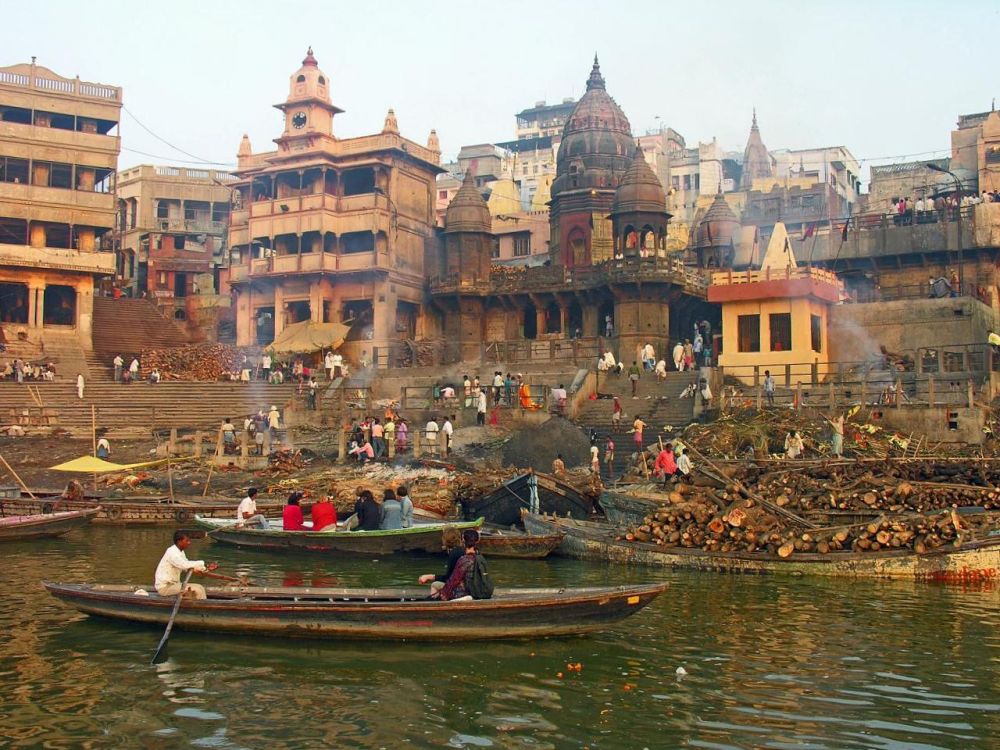

Varanasi, one of the oldest continually inhabited cities in the world, offers a glimpse into the spiritual heart of India. At the forefront of its deeply ingrained traditions stands Manikarnika Ghat, recognized as one of the holiest ghats along the sacred Ganges River. This ghat, associated with Hindu mythology and religious rituals, is an essential part of Varanasi's spiritual landscape and an important destination for pilgrims and tourists alike.
Manikarnika Ghat's history is as old as the city itself, steeped in legend and religion. It is said to be the very place where Lord Shiva and Parvati stood when time started ticking. According to mythology, Manikarnika Ghat is named after a well at the ghat where it is believed that Parvati dropped her earring ("Manikarnika" signifies a "jewel from the ear"). This earthy symbol of the divine gives the ghat an elevated status among the many ghats that line the riverfront.
Historically, Manikarnika Ghat is renowned for its eternal flames, which are said to have been burning for thousands of years. Hindu tradition states that a soul cremated here attains Moksha (liberation from the cycle of life and death), leading to its prominence as a cremation site. As such, it plays a crucial role in the life and death rituals of the Hindu community. Over the centuries, the gat has drawn sages, yogis, and pilgrims seeking spiritual liberation.
Tourism has been an integral part of Varanasi's economy for many years, with Manikarnika Ghat serving as a poignant attraction for those seeking to understand the intricacies of Hindu culture and tradition. Visitors come not only to witness the ancient rituals of life and death but also to experience the inexplicable peace that many recount after visiting.
The government and various organizations have been working continuously to maintain the sanctity and cleanliness of this area despite the challenges posed by the throng of visitors and the nature of the rituals performed here. Efforts to educate tourists on the respectful observance of the rites and the cultural significance of the ghat have been ongoing.
Recently, there has been a noticeable increase in cultural tourism, with travelers yearning for authentic experiences and deeper understanding. This has led to a spike in visitors at Manikarnika Ghat, where witnessing the open-air cremation ceremonies and engaging with the spiritual practices offer a profound perspective on life and death.
Sustainable and responsible tourism practices are also becoming more significant. Tourists are being encouraged to respect the sanctity of the cremation processes by maintaining a discreet distance and refraining from photography out of sensitivity for grieving families.
Additionally, immersive experiences like walking tours led by knowledgeable locals provide an in-depth look at the ghat's history and importance. Such tours also delve into the stories and legends of Varanasi, contextualizing the experience of Manikarnika Ghat within the larger tapestry of this ancient city.
As the world continues to evolve, so too does the nature of tourism at Manikarnika Ghat. Yet, the timeless lure of this sacred site endures, drawing those who seek meaning, solace, and a connection with the eternal cycle of life.